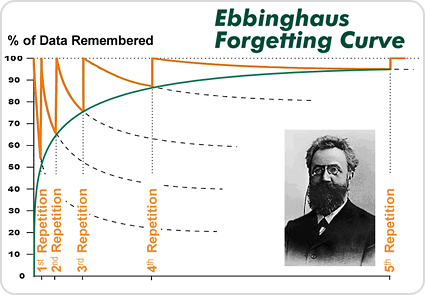
Marry Ainsworth:
- developmental psychologist
- best known for her attachment theory
Secure Attachment: A child who is securely attached to its caregiver will explore freely while the caregiver is present, will engage with strangers, will be visibly upset when the caregiver departs, and happy to see the caregiver return.
The child will not engage with the stranger if the caregiver is not in the room.
Anxious-Ambivalent Insecure Attachment: A child with an anxious-resistant attachment style is anxious of exploration and of strangers, even when the caregiver is present. When the caregiver departs, the child is extremely distressed. The child will be ambivalent when she returns and will seek to remain close to the caregiver, but will be resentful, and also resistant when the caregiver initiates attention.
Anxious-Avoidant Insecure Attachment: A child with an anxious-avoidant attachment style will avoid or ignore the caregiver and show little emotion when the caregiver departs or returns. The child will not explore very much, regardless of who is there. Strangers will not be treated very differently from the caregiver. There is not much emotional range displayed regardless of who is in the room or if it is empty.
